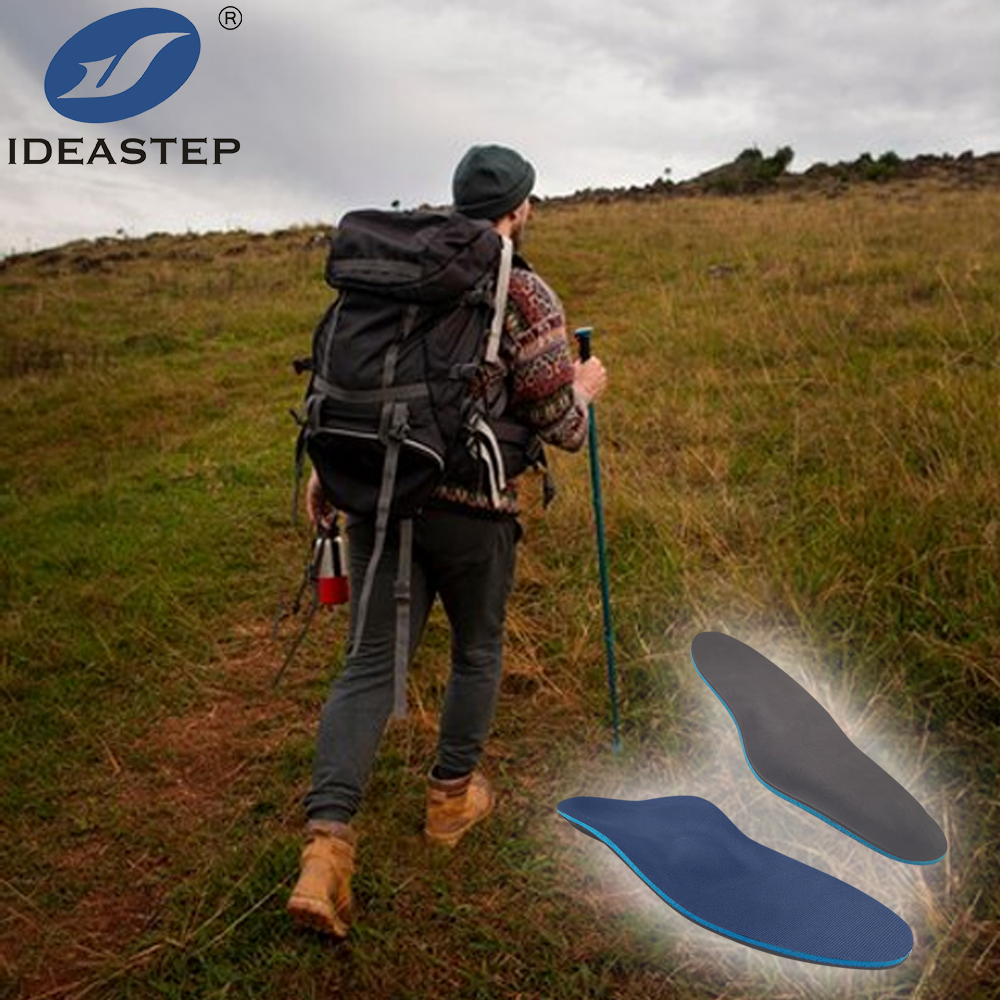Flat feet refer to a condition when the lower arches of your feet are compared to a normal one. The conditions affect comfort highly during sporting. Being an athlete or an active person, choosing the best flat feet insoles may be a big concern to raise performance levels by increasing comfort. This article focuses on what flat feet are, its effects, and tries to provide some helpful insights into how to select appropriate insoles to satisfy particular needs.
Understanding Flat Feet
Flat feet, or technically known as pes planus, are a case wherein the arches of the feet collapse and, subsequently, make them appear flat. They can be classified into two categories: flexible flat feet, which arch if the individual is not weight-bearing, and rigid flat feet, which never show an arch. Both may cause discomfort and pain, especially with athletics. Above all, athletes, if they do not wear proper shoes with insoles, may suffer from heightened fatigue and instability, coupled with an increased risk of injury.

The Role of Insoles in Comfort for the Feet
Insoles offer great support, cushioning, and stability for a person’s foot with flat feet. They help in distributing body weight evenly on the feet to reduce its effect on joints and muscles. The best flat feet insoles absorb shock to avoid discomfort during sports activities and help athletes perform well. Additionally, insoles can be made to provide extra arch support for proper foot alignment and to prevent the occurrence of fatigue.
Key Factors to Consider When Choosing Flat Feet Insoles
When it comes to choosing insoles for flat feet, several aspects should be considered if one wants to feel maximum comfort and support:
Arch Support
Choosing the right arch support is an important thing when choosing an insole. First of all, you need to find out what kind of arch support your foot feels most comfortable in: low, medium, or high. Good arch support can at times ease the comfort and prevent the occurrence of foot fatigue.
Material
The type of material selected for the insoles has a great implication on performance and comfort. Some common materials used are as follows:
| Material | Advantages | Disadvantages |
|---|---|---|
| EVA | Lightweight, shock-absorbing | May compress over time |
| Polyurethane | Excellent durability and cushioning | Slightly heavier than EVA |
| Gel | Provides exceptional cushioning | Can be bulky |
| Cork | Offers good arch support and breathability | May require a break-in period |
Thickness and Comfort
The thickness of insoles determines, to a large extent, their ability to fit into your shoes. While thicker insoles guarantee a higher degree of cushioning, they could break the fit of your footwear. You need to think about how insoles can affect the comfort of the entire activity and the shoe fit.
Breathability and Moisture Management
Choose insoles that have breathable features. Insoles with perforations or those made with materials that wick away moisture will make the foot cooler and drier, reducing the possibility of blistering and discomfort during sports events.
Durability
Obtaining long-lasting insoles is important for comfort that can be relieved for a long time. The ideal flat feet insoles shall not lose their shape or support for a longer time; hence, it should be cost-effective for athletes and all active people.
Best Insoles for Flat Feet Recommended
In the pursuit of effective flat feet solutions, several brands stand out, among them Ideastep. Some recommended items include the following:
Ideastep Performance Insoles
Performance Features: Upgraded arch support, breathable, moisture-wicking top layer
Ideal for: Running and high-impact sports
User Feedback: Praised comfort and support during extended use
Orthotic Gel Insoles
Performance Features: Gel cushioning, breathable design
Ideal for: General sports activities and everyday wear
User Feedback: Does an excellent job of absorbing shock and reducing foot fatigue
Cork Arch Support Insoles
Performance Features: Natural material, firm support
Ideal for: Athletes requiring additional support
User Response: Great for its durability and performance that lasts through even the longest workout sessions
How to Care for and Replace Your Inserts
Good care is indispensable when it comes to extending the life of your insoles. Here are ways you can care for them:
Regular Cleaning
Insoles should be cleaned using a cloth moistened with water, along with mild soap, to remove dirt and moisture.
Drying
Allow your insoles, after cleaning, to dry completely with exposure to air. Direct sunlight or heat sources should be avoided.
Replacement Signs
If you start to feel that cushioning has flattened, or discomfort has returned, this may be the time for replacement. Generally, insoles should be replaced every 6-12 months based on usage.
Conclusion
Choosing appropriate insoles for flat feet can make many differences in comfort and, to some degree, performance in sports. With focus on arch support, material, thickness, breathability, and durability, one will be better equipped to make choices that will actually help their athletic experiences. Brands like Ideastep sell quality insoles that are designed for people with flat feet, to ensure general health and performance of the foot. Buying appropriate insoles is an important step toward more comfort and the avoidance of injury during athletic activities.

